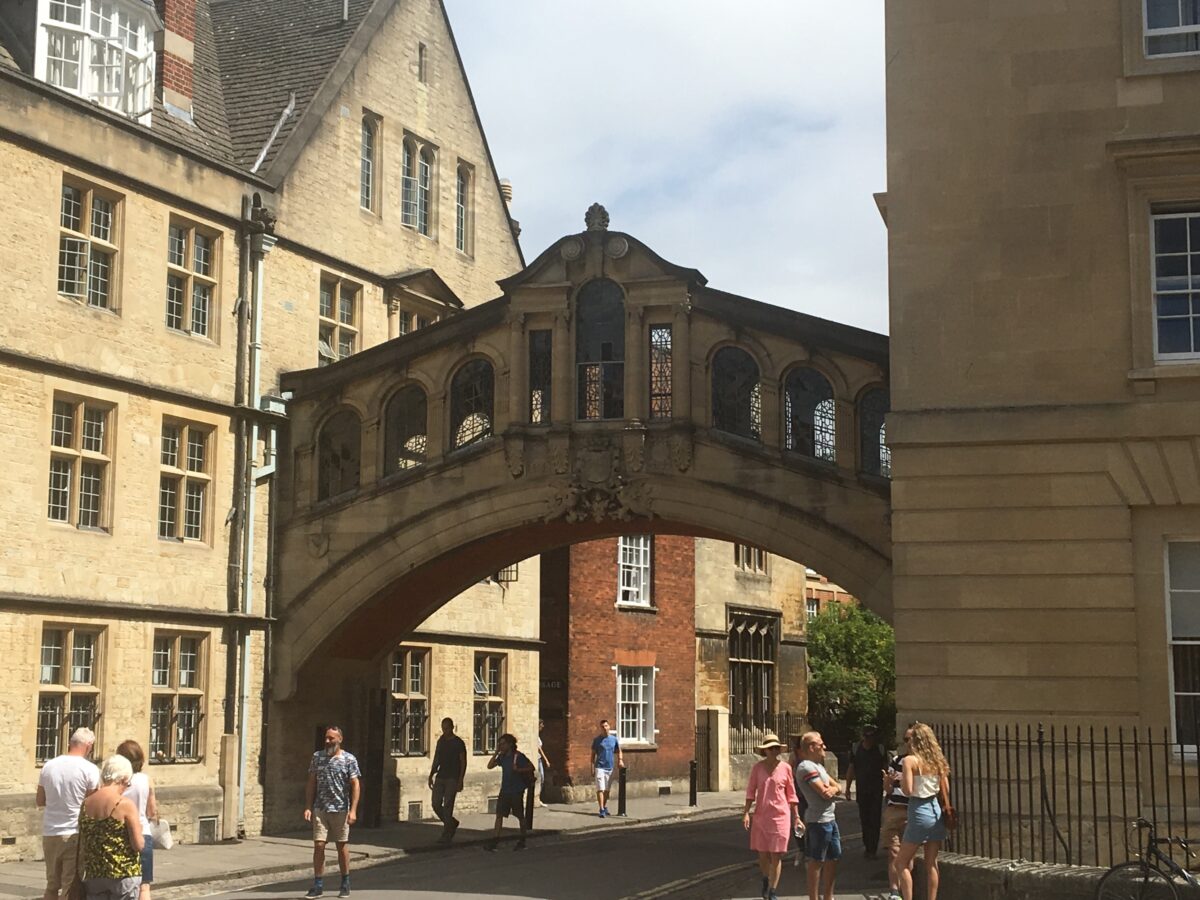My tuppenceworth speech by Zachary Stiling
“I propose, from observation, that beauty is an objective truth. Those of us with notions of beauty will agree on what is beautiful. Sunsets, fertile valleys, swallows in flight—who will refute it?”
In post-Renaissance Europe, there can be no excuse for ugliness, and yet it abounds. Some people see no problem; many things which are ugly happen to be cheap and convenient, and perversely popular. This points to one thing: that some people are not receptive to beauty.
It does not point towards one of the most irritating, hackneyed and untruthful phrases in circulation: that ‘beauty is in the eye of the beholder’, which implies subjectivity. I propose, from observation, that beauty is an objective truth. Those of us with notions of beauty will agree on what is beautiful. Sunsets, fertile valleys, swallows in flight—who will refute it? If the matter was subjective, would someone not wish to assert that the warm glow of dusk is an aesthetic abomination?
We may quibble over minutiae because beauty is metaphysical, its laws written not in numbers as the language of physics, but perceived through feeling rather than deciphered through equations. But as it exists objectively, we perceive it in broadly the same way.
I now speak only for myself, but as one who feels exalted by beauty, you may imagine how the opposite effect is induced by its absence. A while ago, standing on the platform of East Croydon station, it occurred to me that I could see nothing beautiful, and it occasioned a sadness which was profound enough to be memorable.
“Edridge Road, off the Croydon Flyover. Face south and bask in a sense of homeliness as you look past the modest Victorian bricks and mortar to the spire of St. Peter’s Church. Then have your cosy contentment shattered as you about-turn 180 degrees”
Take also the example of Edridge Road, off the Croydon Flyover. Face south and bask in a sense of homeliness as you look past the modest Victorian bricks and mortar to the spire of St. Peter’s Church. Then have your cosy contentment shattered as you about-turn 180 degrees and look north to the hard, jackbooted tower blocks of the town centre, mocking you with their indomitable girth.
But I am fortunate. I am not entirely cut off from beauty as long so long as I live in leafy suburbia and travel the country for work. Consider the person raised on an inadequate housing estate, forced to drive every day along an anonymous dual carriageway to work in a post-war town centre designed by accountants. What nourishment does their soul get? What lifts their minds higher?
“far from being elitist, anyone may be touched by beauty, and its benefits are limitless. It gives the aimless aspiration, brings joy to the depressed and is something to he who has nothing”
It is common today that certain egalitarians should denigrate true beauty as elitist, because it takes time, money and effort to create, and some people have little aptitude for it. But far from being elitist, anyone may be touched by beauty, and its benefits are limitless. It gives the aimless aspiration, brings joy to the depressed and is something to he who has nothing.
Let us reject the weasel words which justify bad art and architecture — ‘innovative’, ‘diverse’, ‘inclusive’, ‘subversive’, ‘empowering’ and ‘progressive’ — and make planning authorities, developers, the Arts Council and other organisations responsible for the physical and cultural landscape work towards a beautiful world, for everyone’s sake.

